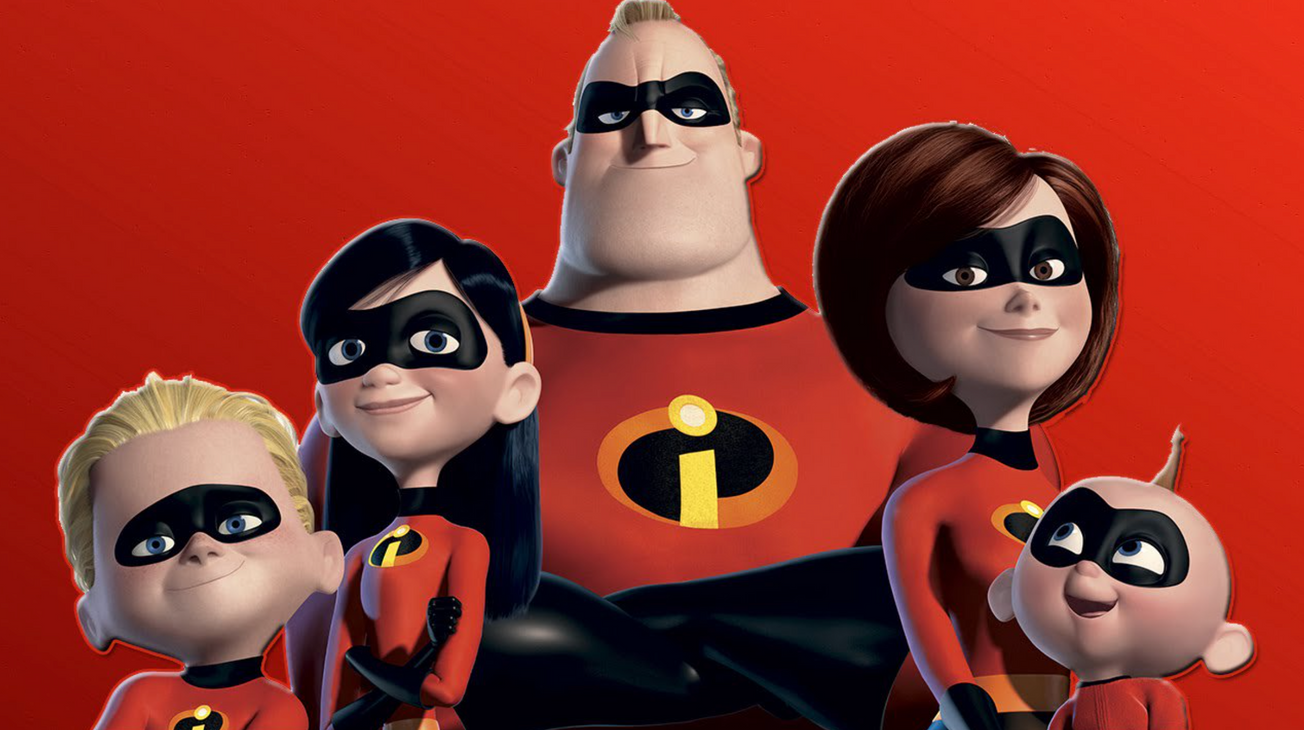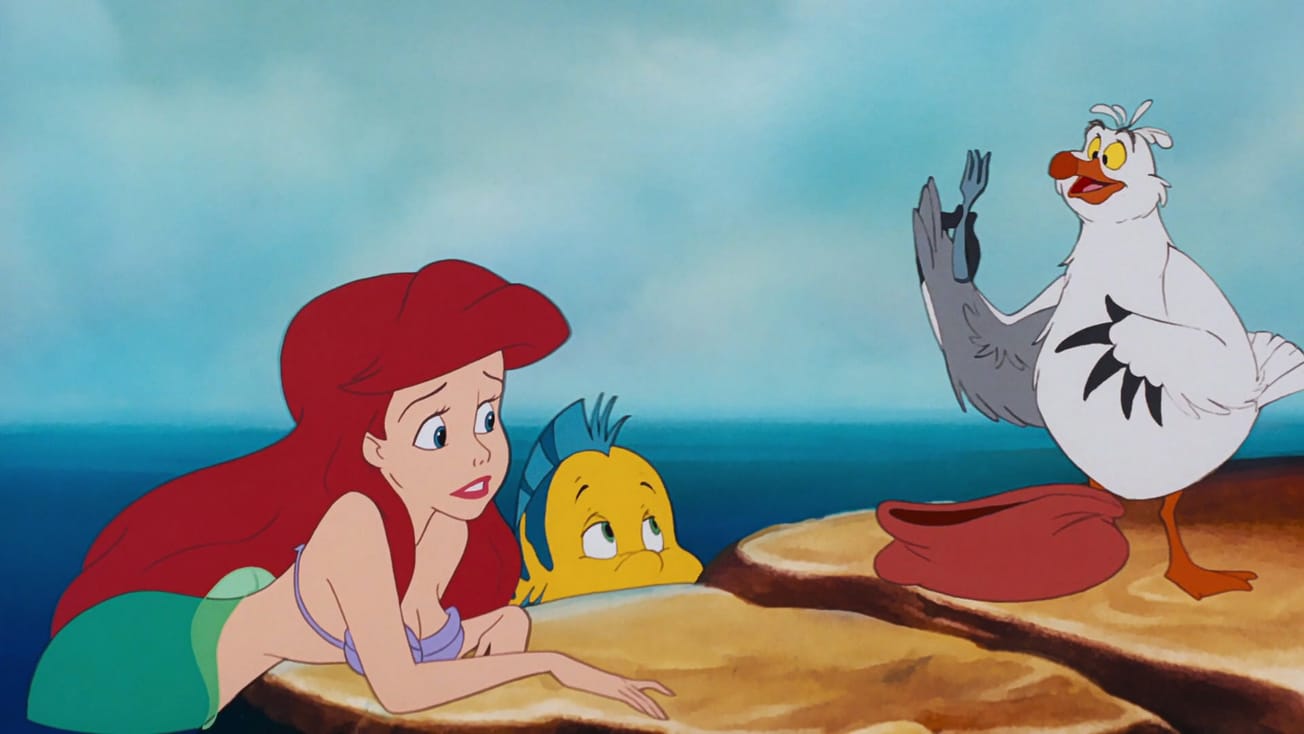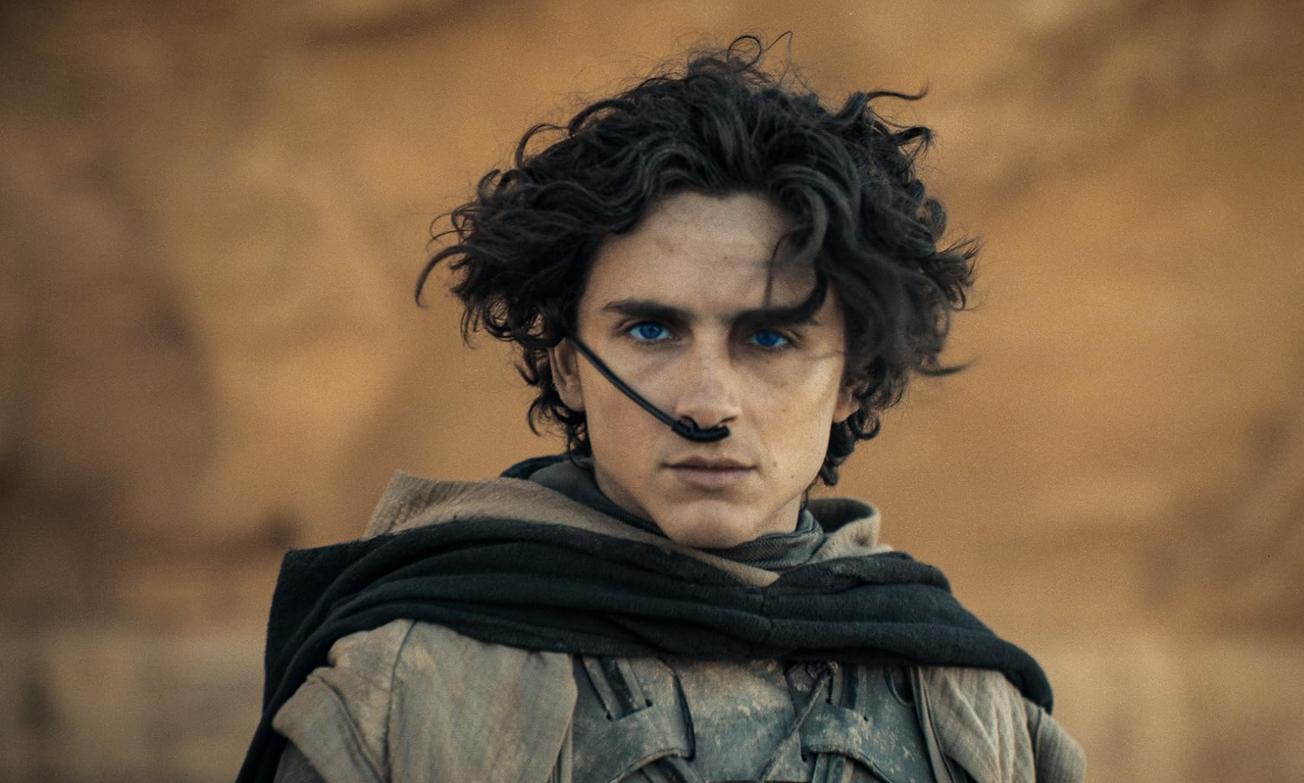Ahead of the release of its sequel, Ethan Luc looks back at the qualities of an era defining Pixar animation.
2004 witnessed some excellent films. Nine years from their first meeting, Ethan Hawke and Julie Delpy reunited in Before Sunset. Jim Carrey and Kate Winslet gave strong performances in the ambitious Eternal Sunshine of the Spotless Mind. DreamWorks Pictures released their cult favourite Shrek 2, the number one grossing film of that year. Brad Bird’s The Incredibles was the fourth highest, but in the 14 years since it came out, its reputation has only increased.
The Incredibles 2 hits UK cinemas on July 13th, and the hype has reached fever pitch. Released elsewhere already, the film has broken the record for the largest opening weekend ever for an animated film and has garnered rave reviews. Despite this, the success of this sequel owes a great deal to its predecessor, a film which smashed expectations and helped secure Pixar’s seat on the animation pantheon.
Bob (Nelson) and Helen Parr (Hunter) are both retired superheroes, forced into tight office cubicles and bland suburbia when public expenses become too high for collateral damages. They take care of their children, Dash (Milner) and Violet (Vowell), teenagers who struggle not just with the self-discovery of early adolescence but also with their repressed identity as Supers. ‘Everyone is special, Dash,’ Helen says when Dash complains about not being able to show his true talents. ‘Which is another way of saying no one is,’ he replies and looks away in dejection.
At the heart of all the action scenes is an acknowledgement of reality
Above all else, it’s these outstandingly human animations who make The Incredibles. Perhaps it says something of our times that the Parrs are up there with some of the best on screen families ever created and they are computer generated. The audience never loses sight of their relatability. They may be superheroes, but they fight at the dinner table. The children sometimes feel as if they are at war with their parents. Bob is disillusioned with his job. Helen worries about her absent husband. Bird moulds his creations of superhuman strength and speed, ultra-elasticity and invisibility into people we recognise and empathise with.
She’s back, dahlings. #EdnaMode pic.twitter.com/x4LkhuGNdB
— Disney•Pixar's Incredibles 2 (@TheIncredibles) July 1, 2018
Of course, Brad Bird is known for films with special characters. Ratatouille (2007) follows a charismatic rat who just wants to live out his dream. The Iron Giant (1999), an underrated classic, portrays an alien robot who is more like us than he first appears. Both are animations, both as human as you can get. It is this idea of a human quality in the unlikeliest of sources which shines with vitality in his sophomore effort.
On a technical level, The Incredibles signalled a new dawn, with Pixar toppling the very high bar it had already set with the likes of Toy Story (1995) and Monster’s Inc (2001). Bird and his animators had to overcome difficulties in 3D animating the human body, a feat never executed on this level before. As such, it’s a marvel that the characters are so expressive. Frozone (Jackson) exudes charisma, Edna (Bird himself) glares with violence and Syndrome (Lee) is a man hurt by the rejections of his childhood hero.
And yet, we must not forget that The Incredibles is still a superhero film. The action scenes are sensational, whether it is Helen Parr’s elasticated body trapped between two doors in the very heart of the enemy compound, or whether it is Dash and Violet using their powers to fend for themselves in a thrilling chase scene through the jungle. These scenes are not just excitingly choreographed and visually stunning, they are also more than just pure combat.
#JackJack has powers⁉️ See them all 🔥⚡️👹 in theatres now! #Incredibles2 pic.twitter.com/qi05k1HBr4
— Disney•Pixar's Incredibles 2 (@TheIncredibles) June 23, 2018
At the heart of them is an acknowledgement of reality. Yes, Dash laughs mischieviously when he realises he can run on water, but Violet is able to reign in the immaturity of her younger brother, remembering the stark words of her mother when she left them in search of her husband: ‘if the time comes, you’ll know what to do.’ As Helen Parr leaves the cave, Michael Giacchino’s score hangs quietly in the wind and Violet for the first time looks properly at her superhero mask. She understands the perils of her situation, and so does the audience. With power comes great responsibility.
The Incredibles is also deeply personal. In today’s MCU age, the origin story of the hero is often a cliched flashback into a troubled childhood. Bird’s film makes these people a product of birth not circumstance, so their identity crisis is not one connected to the past but to the present like most people. ‘Your identity is your most valuable possession. Protect it,’ says Helen to her children in the cave.
It is just the right time for its sequel to show us that superheroes don’t have to be demigods
This is a central idea of the film, which poses the question of selfhood to all ages and characters. What responsibilities come with our role in society? Are we content with who we currently are? And, since not all superheroes come in capes (‘No capes!’ screams Edna Mode), in what ways are we Supers ourselves?
For fans awaiting the release of the sequel, it is therefore no surprise that there is huge anticipation. If the original is anything to go by, The Incredibles 2 should not disappoint. With the focus on Helen Parr’s world-saving skills this time around, it seems Bob Parr has been relegated to more mundane duties at home.
No matter; The Incredibles was never merely successful as a swashbuckling superhero film. It was its ability to make us identify and laugh and gasp which had us in its grips. And perhaps with today’s fervour for big blockbuster superhero flicks, it is just the right time for its sequel to show us that superheroes don’t have to be demigods and genetically engineered warriors. They’re just people like us.
Featured image: Twitter / @TheIndependent









